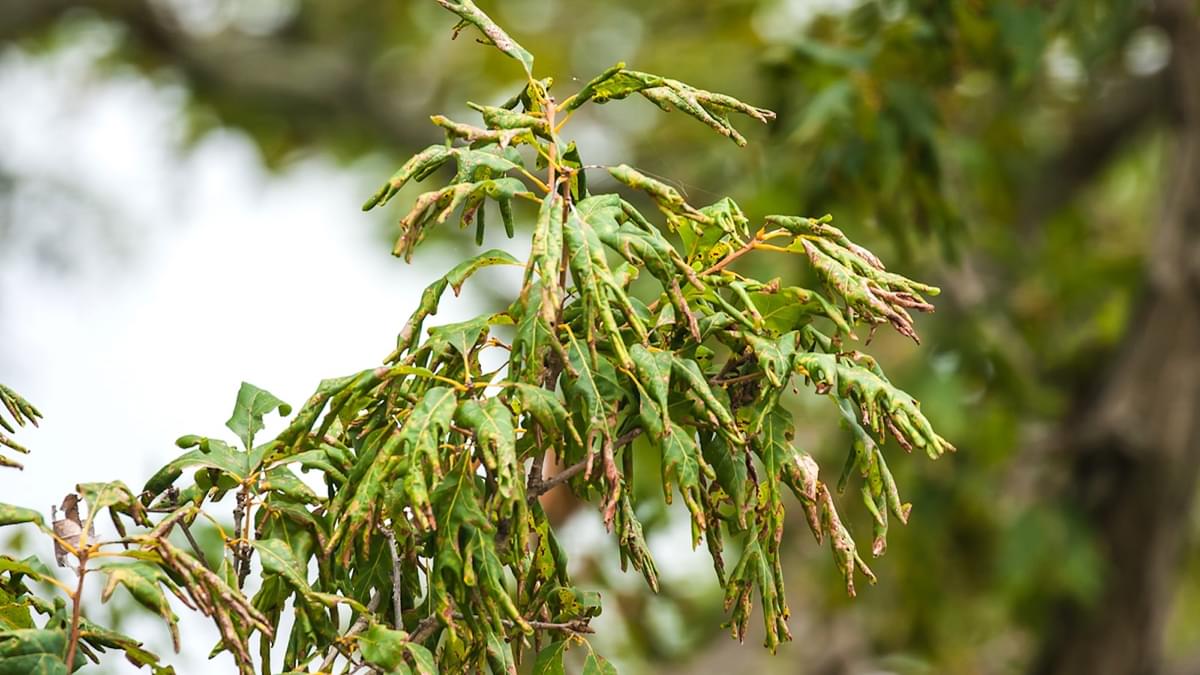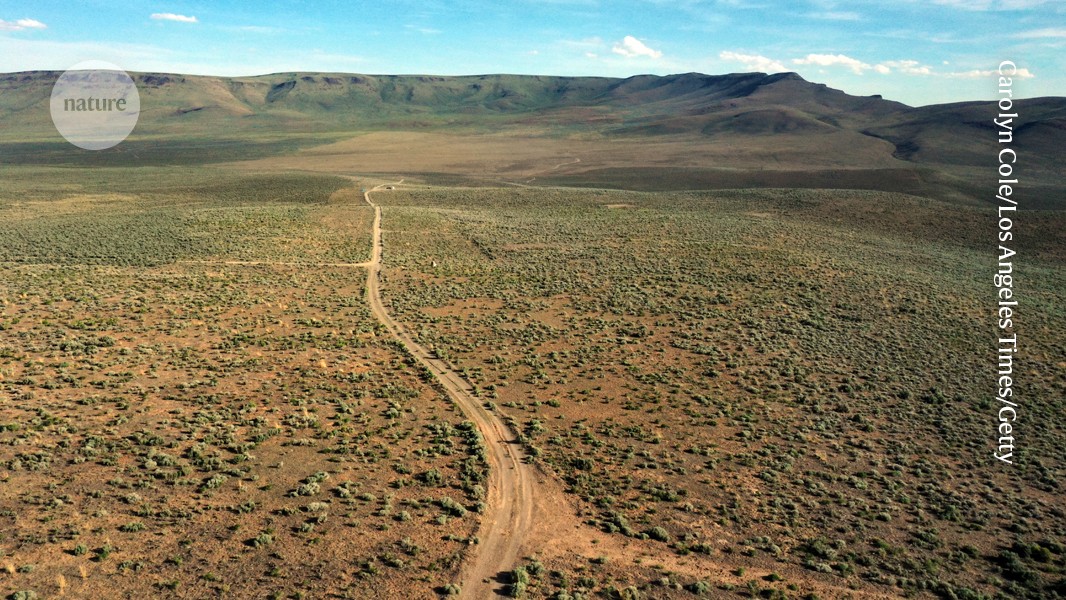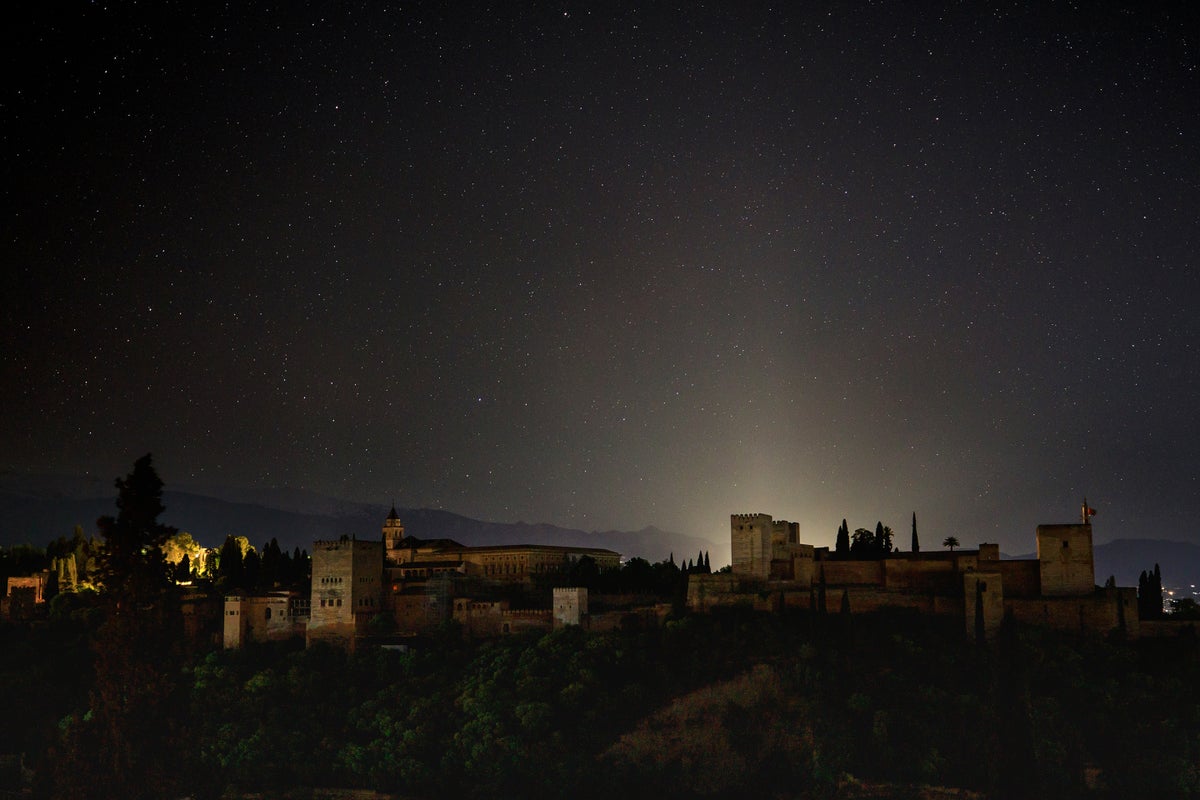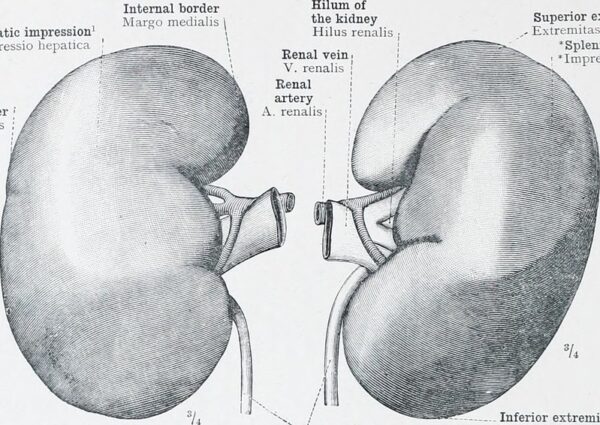Country diary: The sizzling sound of ants en masse | Sara Hudston
Horner, Somerset: The woodlands here are ideal for southern wood ants – and now the nests have come aliveYou can hear when the wood ants wake up from hibernation. Heaps of soil, loose sticks and pine needles that lay inert all winter start seething with a continual, multidirectional flow of insects, whose footfalls make an incessant sizzling sound.Exmoor’s woodlands are ideal for southern wood ants (Formica rufa), the largest of the four British wood ant species. The sandy, sunny path at Webber’s Post above Horner is lined with nests, the biggest of which is a sprawling dun mound a metre high and nearly six metres across, with a network of hidden underground tunnels and chambers beneath. It’s possible that the whole stretch is really one linked colony divided into various nodes, each occupied by hundreds of thousands of workers and several queens. Continue reading...

Horner, Somerset: The woodlands here are ideal for southern wood ants – and now the nests have come alive
You can hear when the wood ants wake up from hibernation. Heaps of soil, loose sticks and pine needles that lay inert all winter start seething with a continual, multidirectional flow of insects, whose footfalls make an incessant sizzling sound.
Exmoor’s woodlands are ideal for southern wood ants (Formica rufa), the largest of the four British wood ant species. The sandy, sunny path at Webber’s Post above Horner is lined with nests, the biggest of which is a sprawling dun mound a metre high and nearly six metres across, with a network of hidden underground tunnels and chambers beneath. It’s possible that the whole stretch is really one linked colony divided into various nodes, each occupied by hundreds of thousands of workers and several queens. Continue reading...















































































































































